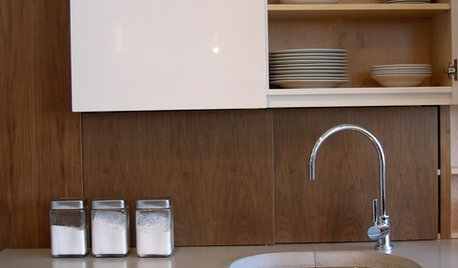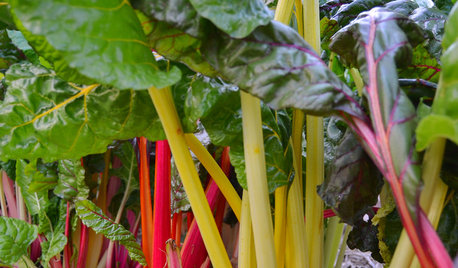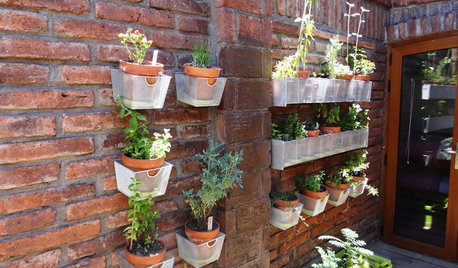Is anyone had success with growing tall italian cypress in pots?
Alyce Venice
15 years ago
Featured Answer
Comments (21)
tapla (mid-Michigan, USDA z5b-6a)
15 years agoRelated Professionals
Ilchester Landscape Architects & Landscape Designers · Kenmore Landscape Architects & Landscape Designers · Tomball Landscape Architects & Landscape Designers · Mooresville Landscape Contractors · Boca Raton Landscape Contractors · East Chicago Landscape Contractors · Fridley Landscape Contractors · Merced Landscape Contractors · Metairie Landscape Contractors · River Ridge Landscape Contractors · Palo Alto Solar Energy Systems · Snoqualmie Window Contractors · Suamico Window Contractors · Clermont Fence Contractors · Millbrae Fence Contractorstapla (mid-Michigan, USDA z5b-6a)
15 years agopink_rhodie
14 years agotapla (mid-Michigan, USDA z5b-6a)
14 years agohuttnem
14 years agogardenerme
14 years agohuttnem
14 years agotapla (mid-Michigan, USDA z5b-6a)
14 years agohuttnem
14 years agotapla (mid-Michigan, USDA z5b-6a)
14 years agohuttnem
14 years agotapla (mid-Michigan, USDA z5b-6a)
14 years agohuttnem
14 years agotapla (mid-Michigan, USDA z5b-6a)
14 years agohuttnem
14 years agotapla (mid-Michigan, USDA z5b-6a)
14 years agohuttnem
14 years agotcentral_sbcglobal_net
13 years agotapla (mid-Michigan, USDA z5b-6a)
13 years agoisbeth
12 years ago
Related Stories

SUMMER GARDENINGHow to Grow Basil
Bright color, quick growth and endless uses for cooking make this summer annual a winner in the garden or a pot
Full Story
GARDENING GUIDESHerb Garden Essentials: Grow Your Own Delicious Mint
Pull out a pot for this one. Mint's spreading habit and hard-to-kill nature can be a blessing — if you're properly prepared
Full Story
FARM YOUR YARD10 Easy Edibles to Grow in Containers
These herbs, vegetables and fruits are just as happy in a pot as they are in the ground
Full Story
KITCHEN WORKBOOK8 Kitchen Amenities You'll Really Wish You Had
Keep kitchen mayhem and muck to a minimum with these terrific organizers and other time-saving, mess-preventing features
Full Story
GARDENING AND LANDSCAPINGGrow a Lush Privacy Screen
No need to wait forever for patio privacy the green way. These 10 ideas will get your screening up and running in no time
Full Story
EDIBLE GARDENSSummer Crops: How to Grow Tomatoes
Plant tomato seedlings in spring for one of the best tastes of summer, fresh from your backyard
Full Story
GARDENING GUIDESCool-Season Vegetables: How to Grow Chard
A year-round garden favorite with a colorful stem, Swiss chard comes into its own in early spring and in fall
Full Story
FARM YOUR YARD6 Things to Know Before You Start Growing Your Own Food
It takes time and practice, but growing edibles in the suburbs or city is possible with smart prep and patience
Full Story
SUMMER FRUITS AND VEGETABLESHow to Grow Your Own Fresh, Sweet Corn
Here's how to plant and care for your own mini cornfield
Full Story
EDIBLE GARDENSHouzz Call: Where Are the Craziest Places You Grow Edibles?
Basil in a bathtub, spinach stacked up a wall ... If your edibles occupy an odd spot, we’d like to know
Full StoryMore Discussions






Alyce VeniceOriginal Author